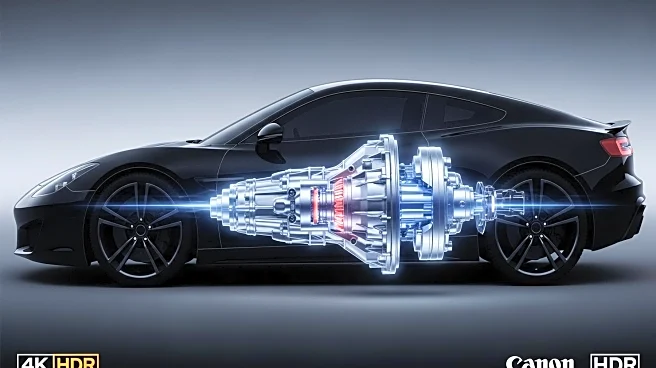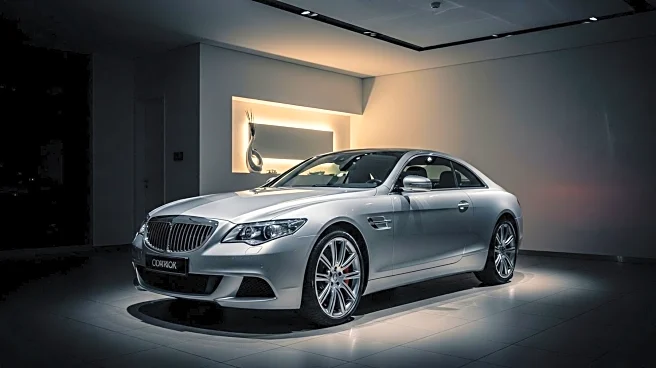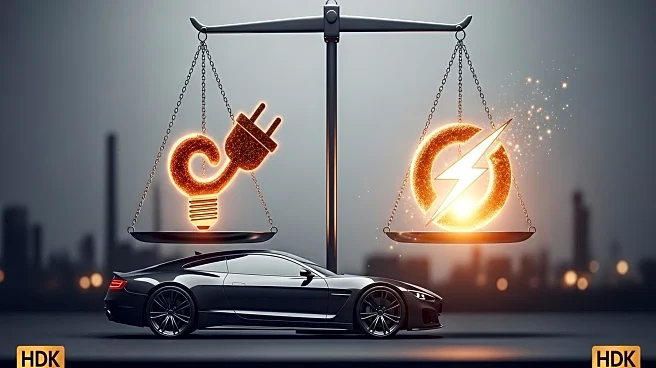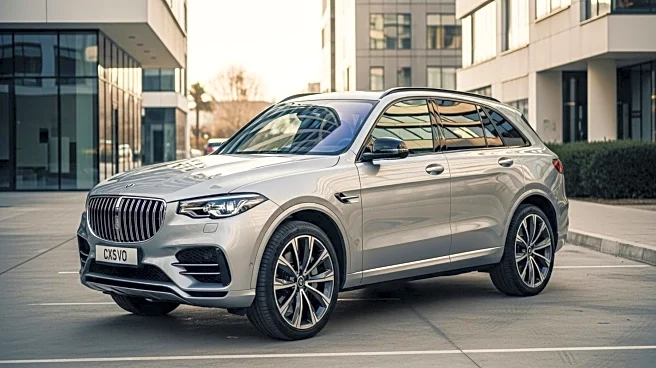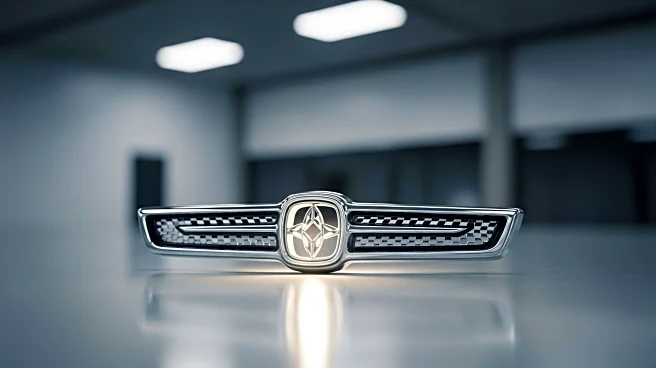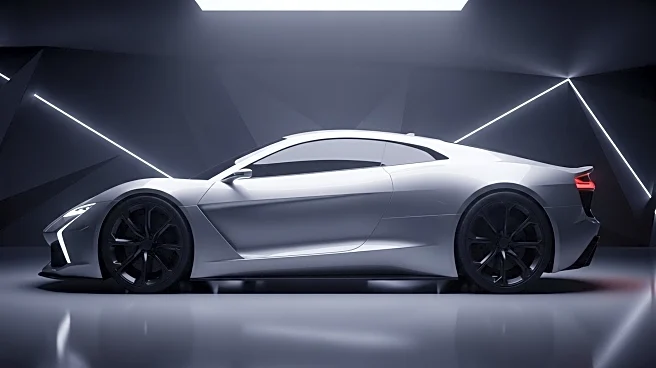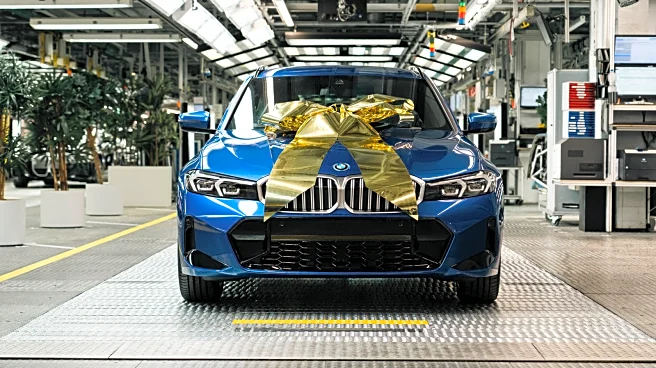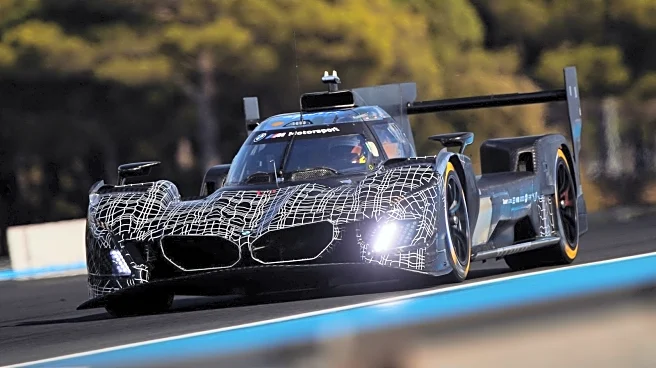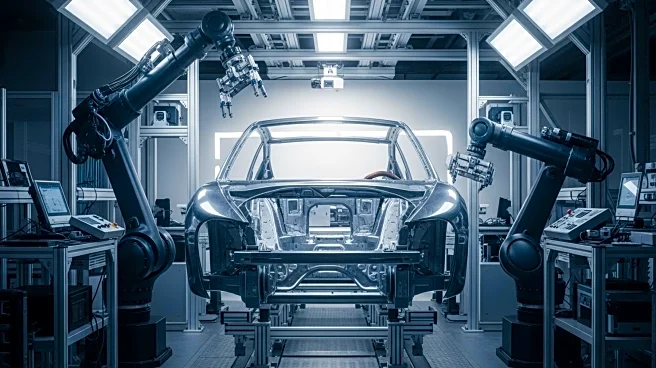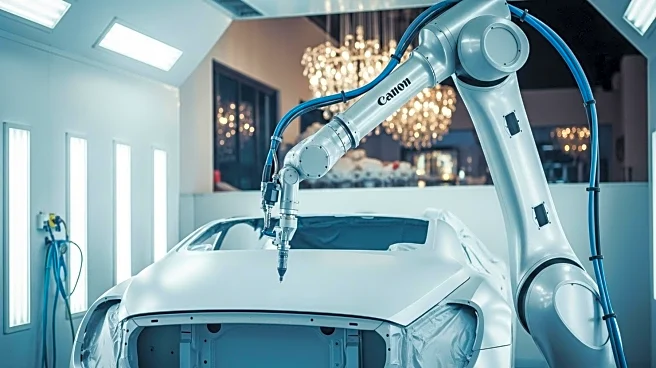What's Happening?
A BMW M4 owner, known as Tiger Trades, has brought attention to a unique feature of the 2025 BMW M4 that has left some drivers perplexed. The vehicle, which can cost upwards of $120,000, is equipped with a dual-clutch transmission (DCT) that lacks a traditional 'P' button for parking. Instead, drivers must bring the car to a complete stop, keep their foot on the brake, engage the electronic parking brake, and then press the START/STOP button to turn off the engine, which automatically shifts the car into park. This process has been described as confusing by Tiger Trades, who expressed his frustration in a TikTok video, questioning the design choice and its practicality.
Why It's Important?
The issue raised by Tiger Trades highlights a broader concern about the usability and design of high-end vehicles, particularly those with advanced transmission systems. As automakers continue to innovate, the complexity of vehicle operations can lead to user dissatisfaction, impacting customer experience and brand reputation. This situation underscores the importance of intuitive design in automotive technology, as well as the need for manufacturers to clearly communicate operational procedures to consumers. The confusion surrounding the BMW M4's parking mechanism could influence potential buyers' decisions and affect BMW's market position in the luxury car segment.
What's Next?
BMW may need to address the concerns raised by users like Tiger Trades to prevent potential backlash and ensure customer satisfaction. This could involve providing clearer instructions or redesigning the transmission system to include a more intuitive parking feature. Additionally, the company might consider gathering feedback from customers to improve future models. As the automotive industry evolves, manufacturers are likely to face increasing pressure to balance technological advancements with user-friendly designs.
Beyond the Headlines
The situation with the BMW M4's transmission feature raises questions about the broader trend of increasing complexity in vehicle design. As cars become more technologically advanced, the risk of alienating less tech-savvy consumers grows. This could lead to a cultural shift in the automotive industry, where simplicity and ease of use become more valued attributes. Furthermore, the incident highlights the role of social media in amplifying consumer voices and influencing corporate responses.
